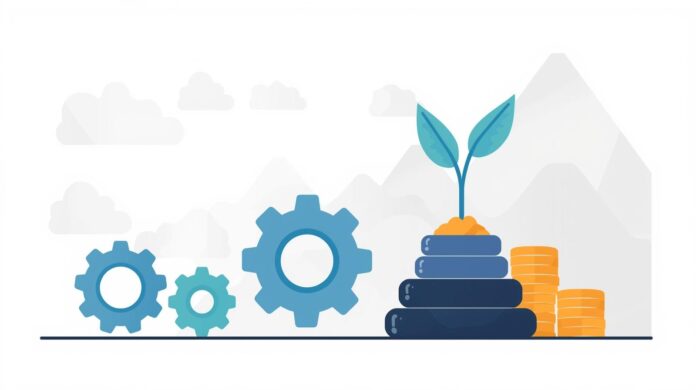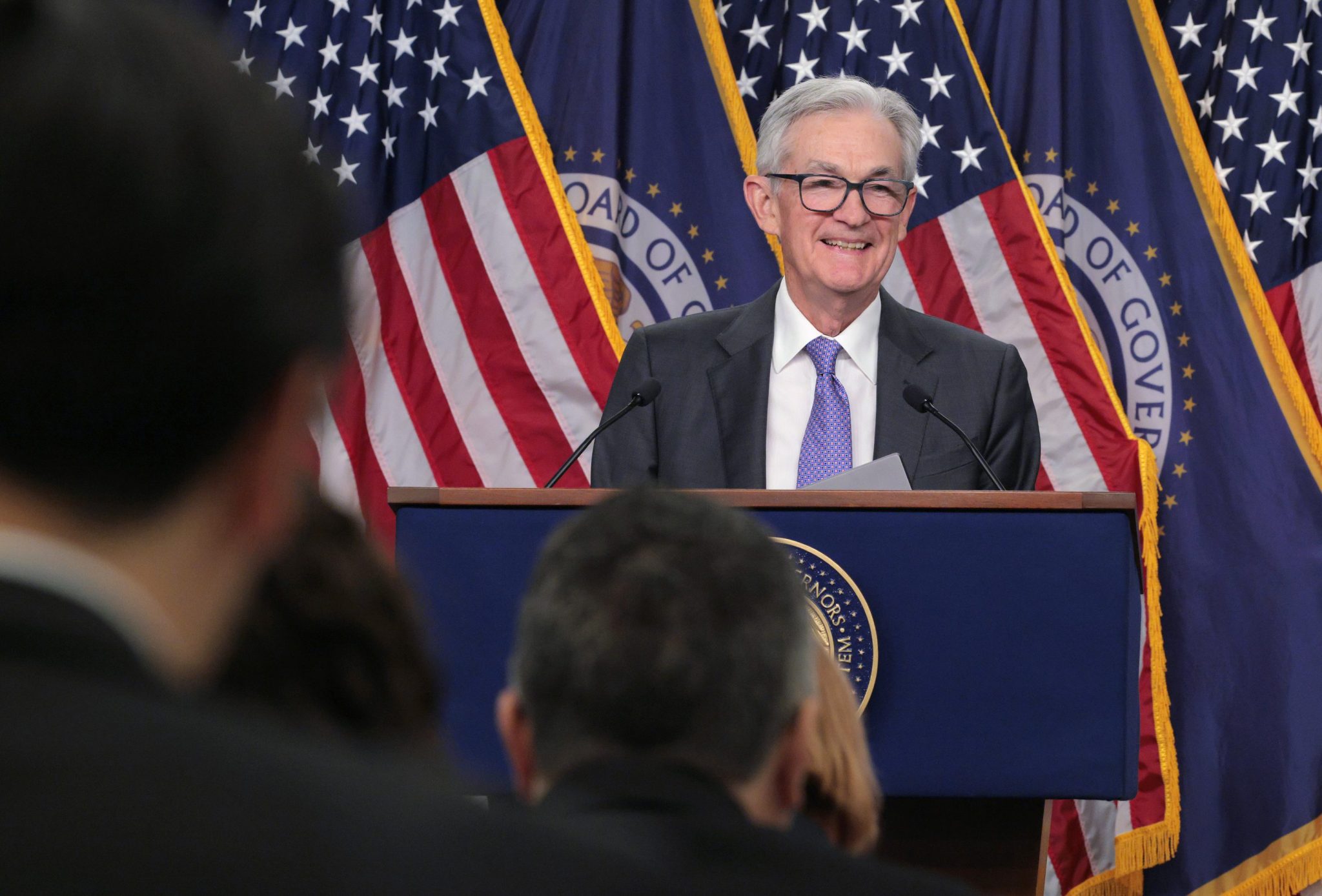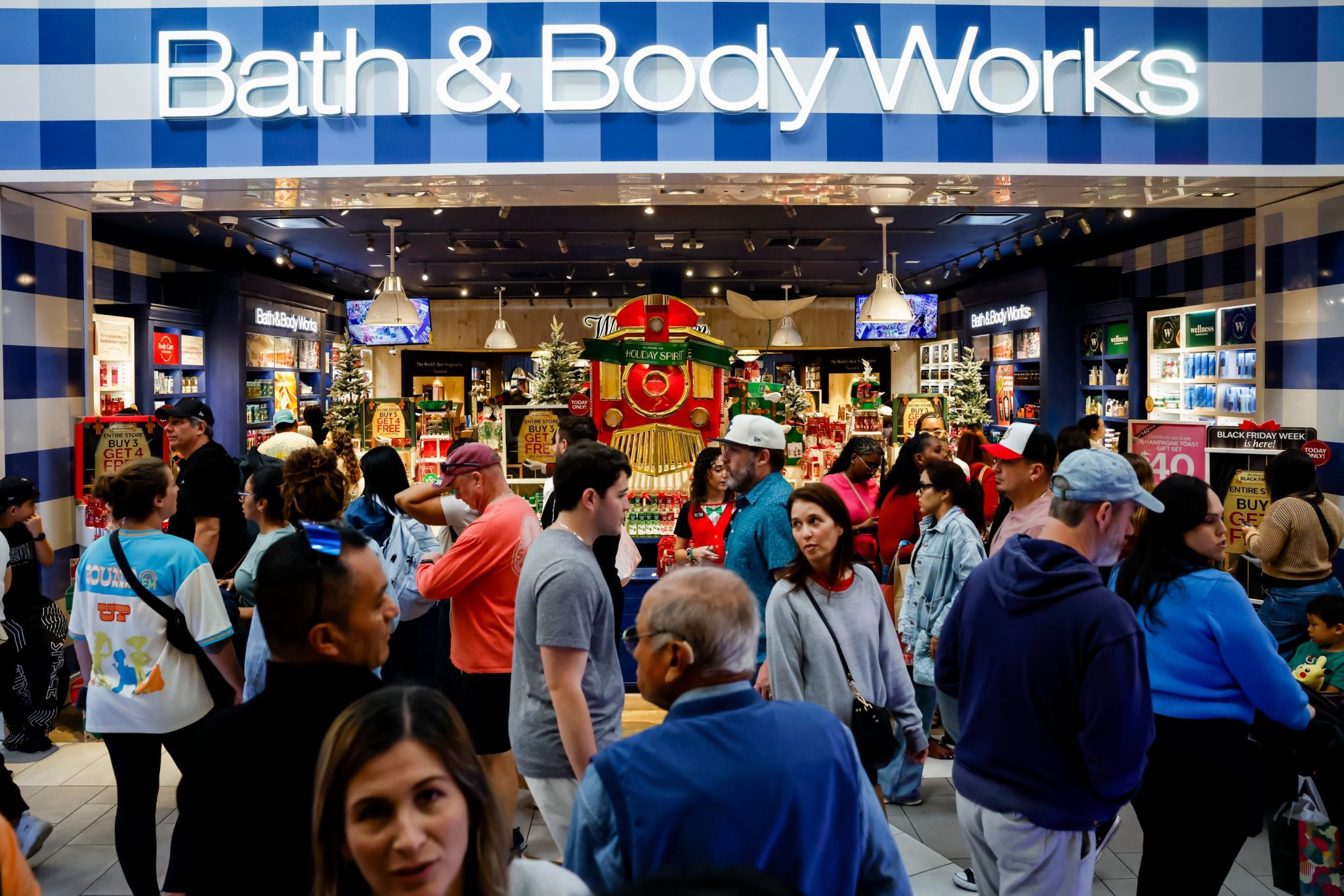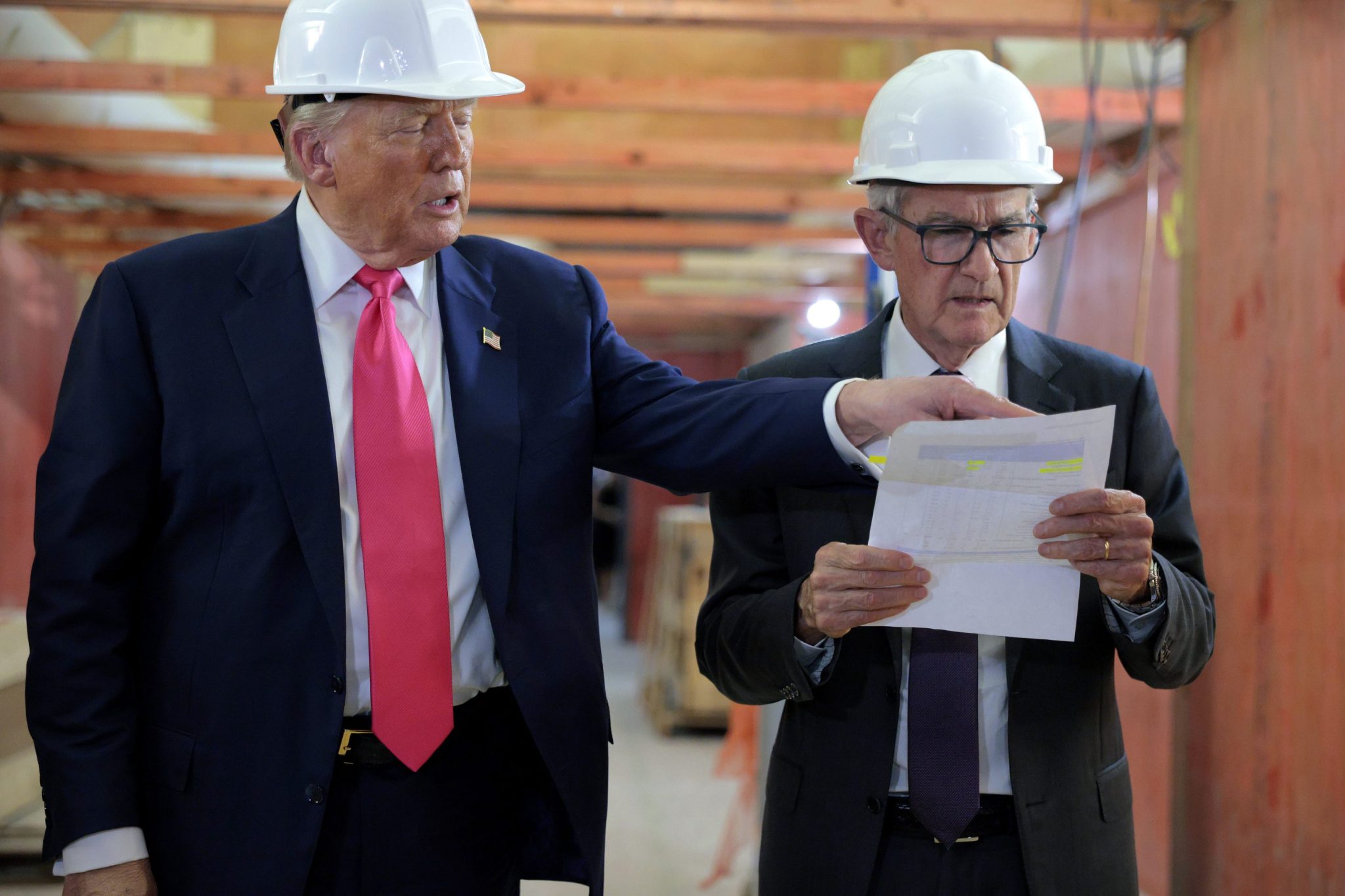
By Lotfi Maroizy, Partner and Industry Group Lead for Consumer Goods and Food & Beverage, EFESO Management Consultants
Key takeaways:
- Companies should avoid knee-jerk cost cuts and instead pursue data-driven, sustainable cost optimization that aligns with long-term growth using benchmarks, activity-based costing, and operational diagnostics.
- The biggest value comes from levers like lean/automation and standard work, product cost-outs, footprint rationalization, and disciplined value tracking across SG&A, procurement, operations, and supply chain — often without relying on headcount reductions.
- To make savings endure, firms should tie initiatives to EBITDA with clear KPIs and dashboards, continuously refine costs and networks, and selectively invest in people, lines, and facilities to build lasting competitiveness.
The food and beverage industry is going through a period of extreme volatility and disruption. Inflation, retailer demands, tariffs and shifting consumer preferences are impacting earnings, squeezing profits and forcing organizations to undertake major cost cutting initiatives. Nestlé, for example, has committed to one of the largest restructurings in its history, recently announcing a reduction of 16,000 jobs over the next two years to recoup approximately $3.8 billion by 2027.
The challenge for organizations of all sizes, the Fortune 500 and mid-market alike, is avoiding reactive, fragmented, and unsustainable cost savings efforts. Instead, to address today’s difficult business conditions and remain agile into the future, food and beverage companies should identify opportunities to pursue cost optimization in tandem with value creation.
Understanding the difference between cutting costs and unlocking value
Most companies recognize the need to improve productivity and reduce spend. Rising prices around raw materials, labor, transportation, and logistics are significantly impacting bottom lines, and the usual response to address these problems is to simply “cut costs.” While the primary objective is to achieve savings, knee-jerk reactions to this environment and cutting too deeply in the wrong places could damage the potential for future growth and put companies at a disadvantage when it comes time to bounce back. In fact, research has shown that just over 10% of organizations can carry cost cutting measures over a three-year period.
The fundamental difference between cutting costs and unlocking value is ensuring cost takeout initiatives are sustainable and align with long-term business goals and growth plans. This means taking a strategic, data-driven approach to spend reductions that is built upon proprietary benchmarks, activity-based cost models, and operational diagnostics. Rather than focus on adjustments to budget lines or superficial savings, organizations should put an emphasis on structurally reshaping their cost base to unlock long-term enterprise value.
Opportunities for value-driven cost reduction
There is a wide range of opportunities for companies to reduce costs, drive savings, and create long-term value. These can be found in the cost of goods sold, such as materials, labor and overhead, as well as expenses that impact operating profitability and EBITDA, like sales and marketing, administrative, and research and development costs. Leading organizations are leveraging corporate capabilities to holistically address these opportunities today while positioning themselves for a value-driven future. Among them are:
Operational transformation
Organizations can reduce effort, unlock efficiency, lower costs, and create operational discipline by adopting lean tools, best practices and automation. Applying standard work, which refers to the current best, fastest, and most efficient ways to operate, results in sustained improvements and cost savings. This process redesign is not intended to just reduce headcount and spend, but rather to improve cycle times, output, and system scalability. For example, simplifying, codifying and digitizing standards improves productivity, cost predictability, and accelerates onboarding — all of which are critical during the ongoing critical skills shortage.
Product cost-outs
Amid ongoing inflation and the threat of increased global tariffs, production costs seem to rise daily. External pressures have an impact on product design, service, system, supply network, and other factors that dictate the cost structure of manufacturing and delivering goods. Businesses can undertake the process of selecting less expensive and more readily available supplier materials, reduce the number of components within a product, or simplify the production process to create short-term relief and position themselves for long-term reinvestments.
Smart footprint rationalization
In maintaining a data-driven approach, organizations should conduct a footprint rationalization that examines the size and shape of a company. This includes evaluating facility roles, cost-to-serve, labor economics, and asset ROI, and how each is aligned with long-term business objectives. Depending on the outcome of these analyses, businesses should take proactive measures to sunset underutilized assets, divest non-core operations or close inefficient plants. These decisions, while difficult in certain circumstances, are critical to correcting market imbalances, restoring pricing discipline, and designing an optimized network that supports strategic goals across the organization.
Sustainable value tracking
When driving long-term value, each initiative — both existing and net new — should be measured by its tangible impact on EBITDA with operational KPIs tied to financial outcomes. This requires the organization to develop and implement comprehensive financial models and performance dashboards to ensure ongoing cost discipline and cross functional improvement. These also enable companies to govern and sustain value capture well into the future.
Understanding and optimizing available cost-saving targets, levers, and methods
The food and beverage industry has a near-universal cost structure where companies can pull common levers for spend reductions specific to each area. These levers are underpinned by a variety of improvement methods specifically designed for each cost category, such as total-landed-cost models to support supply chain footprint optimization. Most companies find the greatest savings opportunities within selling, general and administrative (SG&A); procurement; operations and maintenance; supply chain; and quality expenses. One example within SG&A is using shared services and consolidation for greater efficiency and expertise by combining staff and resources. Other areas, such as product development, capex optimization, and SKU rationalization, take longer to execute, but taken together, they present significant overall savings.
While the primary objective in targeting these specific areas is immediate and long-term cost savings, this does not necessarily mean reducing headcount. True cost optimization may involve maintaining — or even expanding — staff to drive sustained value. In fact, reductions in force can offer diminishing returns because they put the organization at risk of not having the right talent available to support higher sales volumes. For instance, improving procurement processes rarely results in large layoffs and enhancing throughput typically requires a company to preserve existing staffing levels. Additionally, network-footprint strategies that lead to selectively adding production lines or opening new facilities can increase the workforce rather than shrink it.
For companies in the food industry to position themselves for sustained growth, they must continuously analyze and optimize their cost structures and establish new operational strategies and programs for performance improvement. This enables immediate spend reductions through operational improvements and facilitates long-term success by supporting transformed processes, systems, and footprints that ensure increased value and cost containment. The organizations that choose to unlock value with a more comprehensive and strategic approach to cost takeout will have a long-term competitive advantage over those who choose to simply cut costs.
 Lotfi Maroizy is a Partner at EFESO Management Consultants, leading its work in the Consumer Goods, Food & Beverage, and Life Sciences sectors. With more than 20 years of experience in supply chain, operations, and digital manufacturing, Lotfi specializes in business performance management and operational transformation across complex, multinational organizations.
Lotfi Maroizy is a Partner at EFESO Management Consultants, leading its work in the Consumer Goods, Food & Beverage, and Life Sciences sectors. With more than 20 years of experience in supply chain, operations, and digital manufacturing, Lotfi specializes in business performance management and operational transformation across complex, multinational organizations.
Credit: Source link














